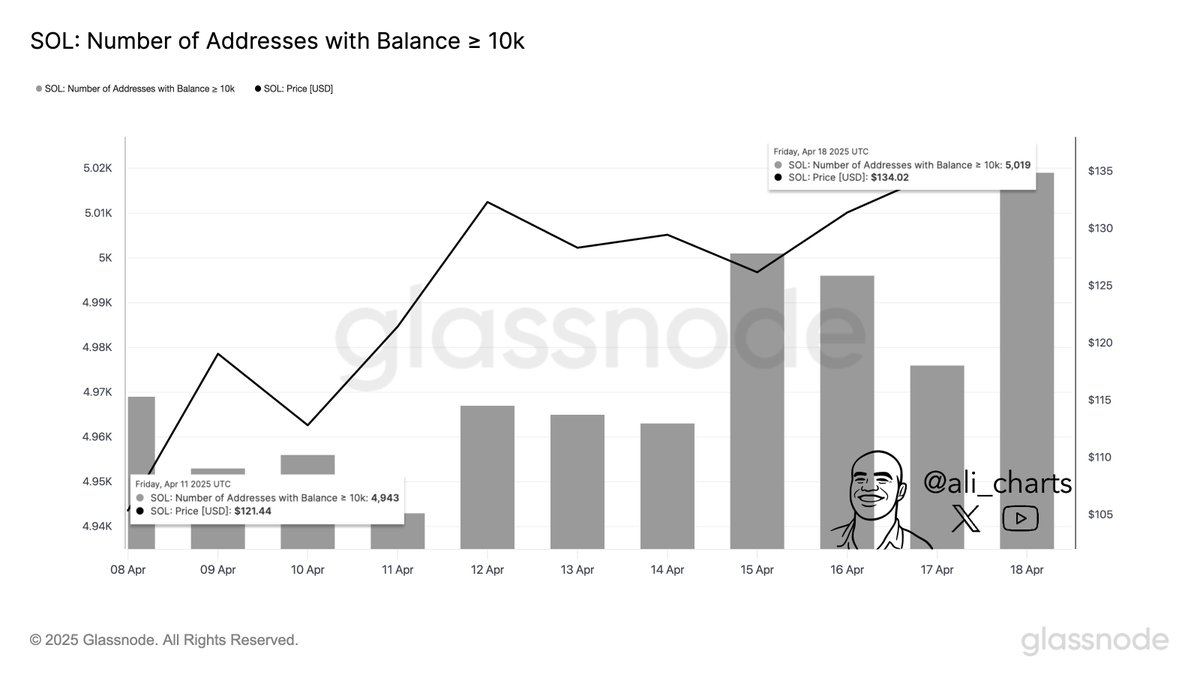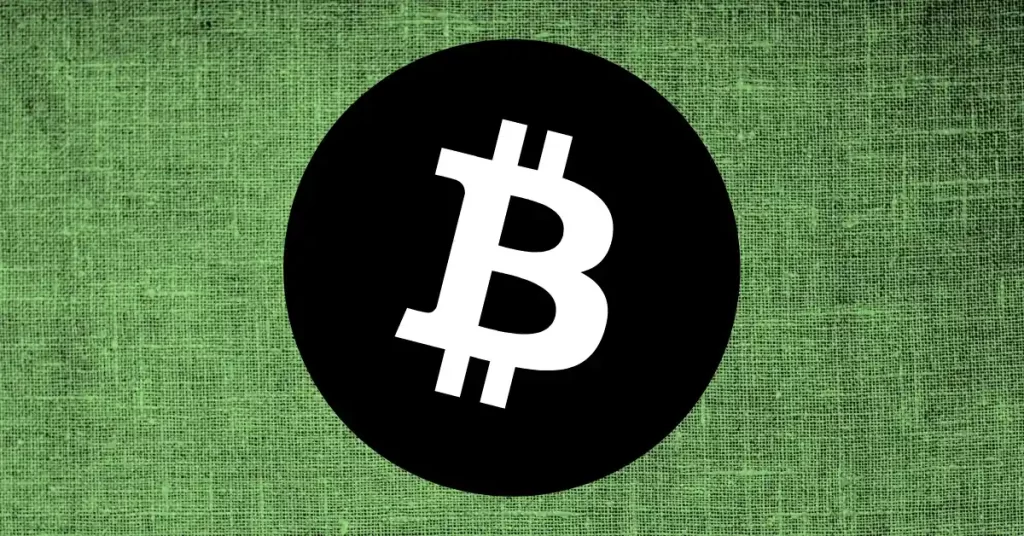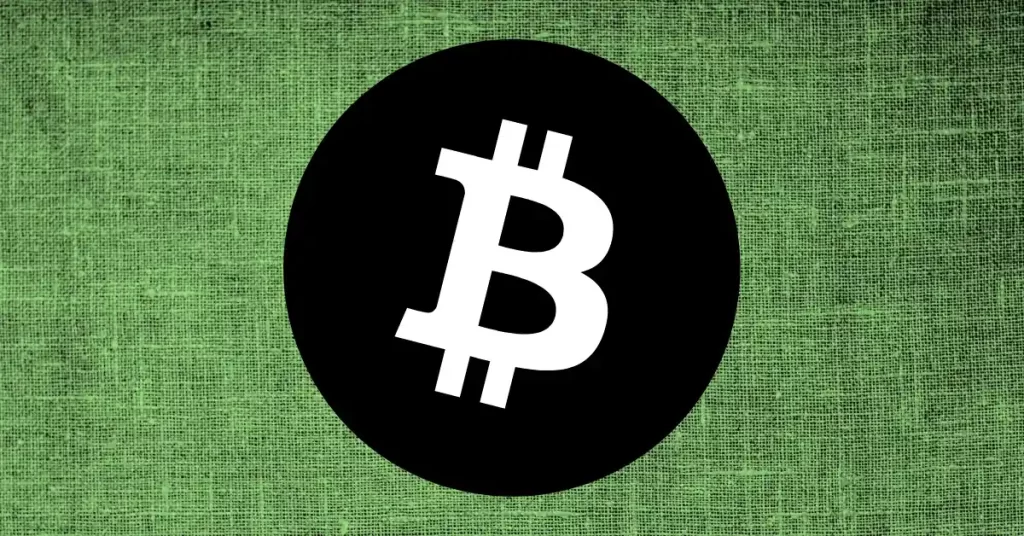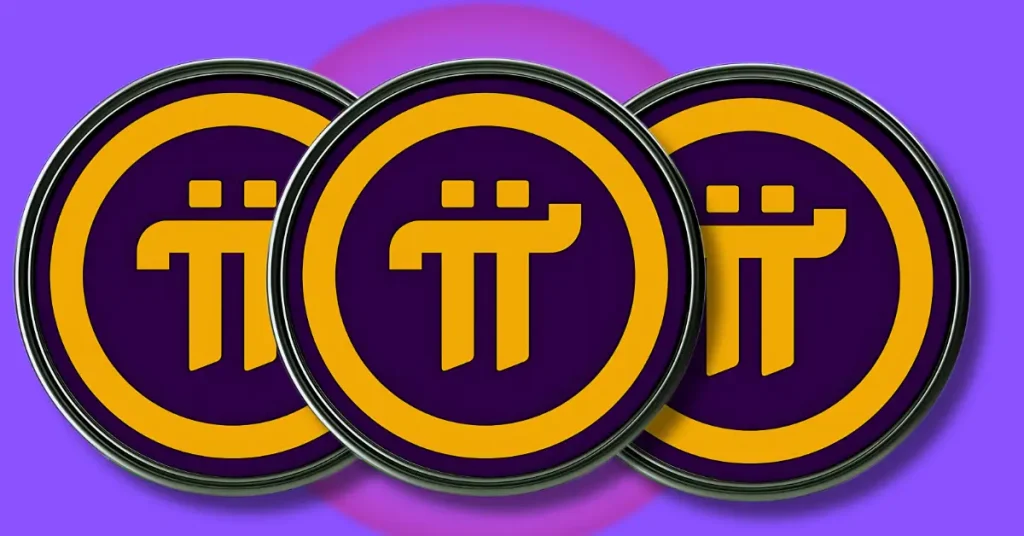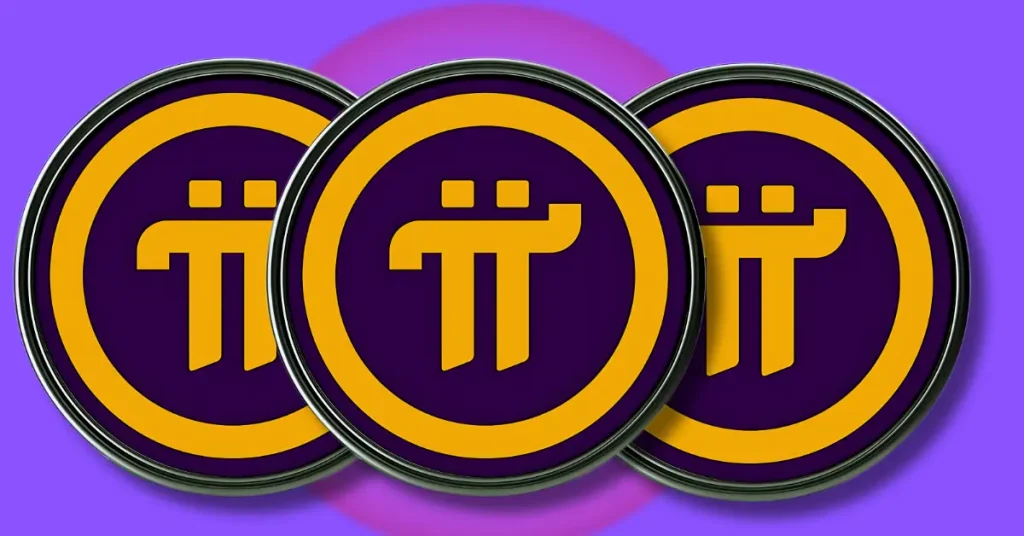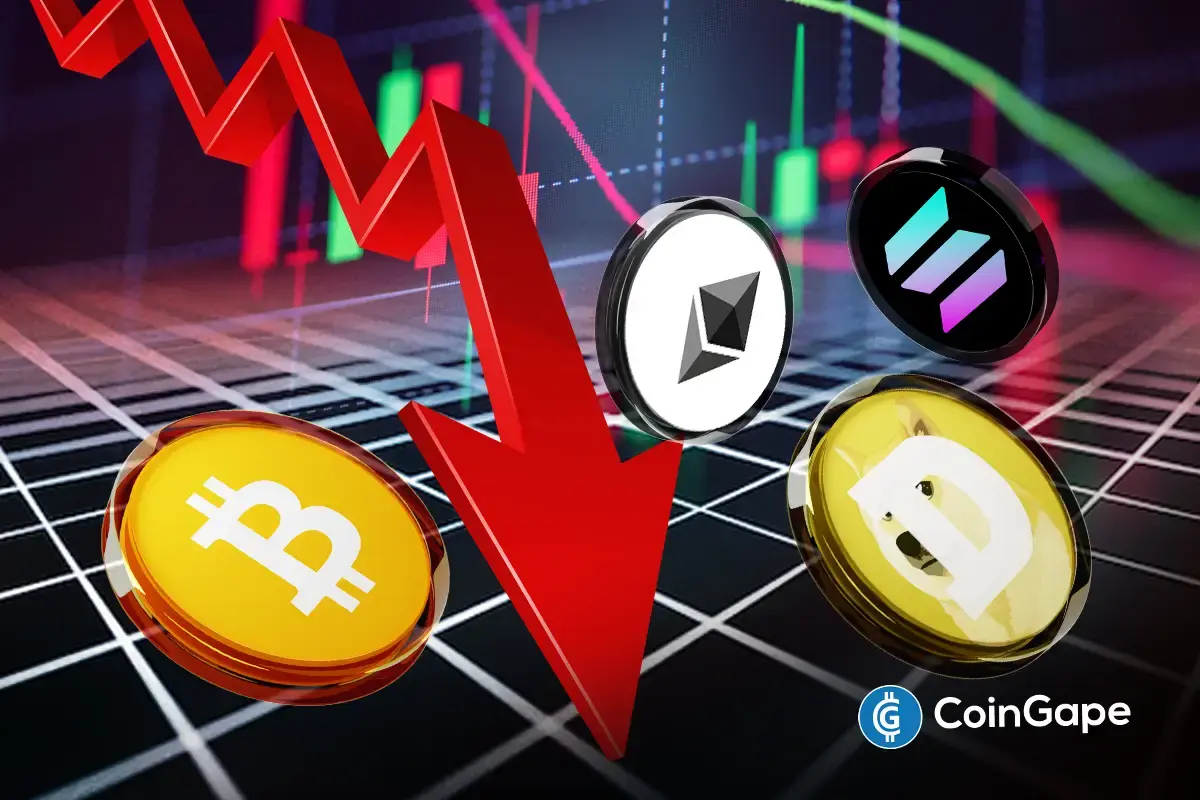Solana Open Interest Jumps 10% As Whale Activity Hints At SOL Price Rally

Solana’s derivatives market has seen a strong increase in activity this week. According to recent data, open interest has climbed by 10.11% to reach $5.55 billion.
This jump signals that more traders are opening new Solana (SOL) positions, showing renewed attention from retail and institutional participants.
Solana Rising Open Interest and Trading Volume
According to Coinglass, Solana’s open interest increased alongside a 24.28% rise in trading volume, now at $12.6 billion. The increased market participation has surged open interest and turnover. This trend shows some traders are building up for a potential Solana price movement within a day/week timeframe.

This development also reveals that expectations for increased volatility are on the rise. More money is flowing into Solana futures and perpetual contracts as market players either cover already-held positions on the asset or bet on a change in the price.
This data is obtained while Solana is circulating between $129 and $144, with analysts expecting a breakout.
Whale Activity Signals Long-Term Confidence
New data also reveal that whales are adding to their positions for SOL, thus providing more evidence of inflows. In addition, Lookonchain pointed out that Galaxy Digital also closed out 606,000 SOL, which is equivalent to approximately $79.7m in exchanges. Of this, 462,000 SOL worth approximately about $60 million has been staked.
This shift implies priorities to long-term holding and reduction of the circulating supply, factors that affect short-term price shifts. An increase in wallets with over 10,000 SOL has also been noted. This week, an analyst, Ali Charts, pointed out that the large holders had increased by 1.53% from 4,943 to 5,019.
“More large wallets entering the space could reflect growing confidence among major players,” he shared on X. This behaviour often aligns with a more SOL price bullish outlook as whales reduce sell pressure.
SOL Price Technical Patterns and Key Levels
According to crypto analyst Andrew Griffiths, the Solana price has constructed what appears to be a Cup and Handle pattern on the weekly chart in the past week. Upon verification, this pattern is widely regarded as a bullish signal. Per the chart, Solana price recently bottomed at $123.55 and shows signs of steady recovery, with the analysts setting initial targets at $139.80, $141.33, and $143.94.

According to crypto analyst Ali Charts, the most important support for Solana price is $129, while resistance is $144. A breakout beyond $144 may open the way toward $150 and potentially $200, especially if the current trend continues.
However, a potential ‘death cross’ formation has emerged on the chart of SOL/BTC. This pattern marks a downtrend in the performance relative to Bitcoin. However, as the technical analyst Lordofalts indicated, a breakout from a parallel channel observed on the chart could offset these worries.
Solana ETF Expectations Soar To 74%
Launching spot Solana ETFs in Canada has also added momentum to the asset’s market presence. These ETFs, which include staking features, are listed on the Toronto Stock Exchange. Their appearance has led to a renewed interest in similar products in the United States.
Polymarket, a prediction platform, shows a 74% chance that a U.S.-based Solana ETF will be approved by the end of 2025. However, the probability of approval by July 2025 remains low, at 24%.
Several asset managers such as Fidelity, VanEck, Franklin Templeton, and Grayscale have proposed to issue Solana ETFs. Despite the lack of activity in this regard, the filings indicate an increasing acceptance of the digital asset from institutional investors which is a precursor to an upward trend.
The post Solana Open Interest Jumps 10% As Whale Activity Hints At SOL Price Rally appeared first on CoinGape.


